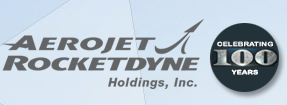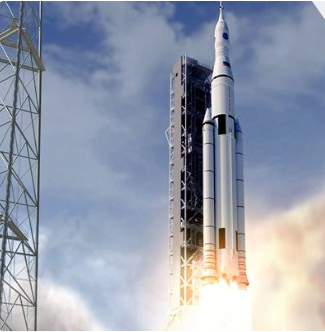
Aerojet Rocketdyne's Statement
Aerojet Rocketdyne, a subsidiary of Aerojet Rocketdyne Holdings, Inc. (NYSE:AJRD), played a critical role in the successful placement of the US Navy’s fifth Mobile User Objective System (MUOS) secure, tactical communications satellite into orbit. This mission was launched today from Cape Canaveral Air Force Station in Florida aboard a United Launch Alliance Atlas V rocket. Aerojet Rocketdyne propulsion included an RL10C-1 upper-stage engine, five Solid Rocket Boosters (SRBs), six helium pressurization tanks and a dozen Centaur upper-stage thrusters used for roll, pitch, yaw and settling burns.
“With today’s launch, Aerojet Rocketdyne propulsion has successfully placed all five next-generation MUOS narrowband communications satellites into orbit for the US Navy,” said Aerojet Rocketdyne CEO and President Eileen Drake. “It’s been an honor and a pleasure knowing that our diverse product line has served as a reliable, dependable source of propulsion for our nation’s military needs, and that we delivered with 100 percent success for each mission.”

Aerojet Rocketdyne’s role in the launch began during liftoff when five SRBs ignited to provide nearly 1.9 million pounds of total increased thrust to launch the Atlas V rocket—enough power to help push the rocket nearly 24 times the speed of an Indy 500 race car. (Each 67-foot-long, five-foot wide composite motor case contains more than 90,000 pounds of propellant, providing more than 375,000 pounds of liftoff thrust.) All Atlas V launches requiring extra boost have flown Aerojet Rocketdyne SRBs.
After separation of the first stage, a single RL10C-1 upper-stage engine ignited to place the payload into orbit, helped by the Centaur thrusters and pressurization tanks. The RL10C-1 engine delivers 22,890 pounds of thrust to power the Atlas V upper stage, using cryogenic liquid hydrogen and liquid oxygen propellants during its operation. ARDÉ, a subsidiary of Aerojet Rocketdyne based in New Jersey, provides the pressure vessels on the first and second stages on the launch vehicle.
In addition to the five SRBs and upper-stage engine, 12 Aerojet Rocketdyne 5-lbf monopropellant hydrazine thrusters in four modules on the Atlas V Centaur upper stage provided roll, pitch and yaw control as well as settling burns for the upper-stage main engine. Once separated from the launch vehicle, the MUOS-5 satellite has 18 Aerojet Rocketdyne monopropellant hydrazine thrusters onboard: 12 MR-103G 0.2-lbf thrusters and six MR-106L 5-lbf thrusters. The thrusters on the satellite provide station keeping, three-axis control and spin control on the reaction wheels throughout the 15+ years of the mission. They also provide attitude control and settling burns during orbit raising, as well as the impulse needed for final decommissioning of the satellite.
MUOS-5 is the latest addition to a network of orbiting satellites and relay ground stations that is revolutionizing secure communications for mobile military forces. Users with operational MUOS terminals will be able to seamlessly connect beyond line-of-sight around the world and into the Global Information Grid. MUOS’ new capabilities include simultaneous, crystal-clear voice, video and mission data, over a secure high-speed Internet Protocol-based system. The Navy's Program Executive Office for Space Systems and its Communications Satellite Program Office in San Diego, are responsible for the MUOS program.
Aerojet Rocketdyne is an innovative company delivering solutions that create value for its customers in the aerospace and defense markets. The company is a world-recognized aerospace and defense leader that provides propulsion and energetics to the space, missile defense and strategic systems, tactical systems and armaments areas, in support of domestic and international markets.
http://www.Rocket.com and http://www.AerojetRocketdyne.com.

